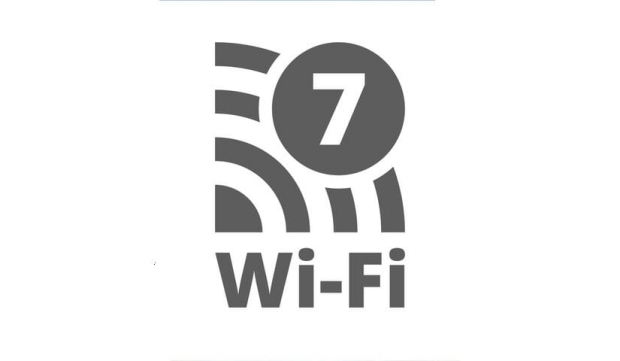With internet service providers ramping up fiber rollouts, DOCSIS 4.0 deployments gaining traction, the aggressive demand for more bandwidth by devices, and certified Wi-Fi 7 devices hitting shelves at a more affordable price point, the stage is set for faster, more reliable internet than ever before.
Wi-Fi 7 isn’t just another incremental upgrade, it has been a game-changer. Officially dubbed Extremely High Throughput, it builds on the successes of Wi-Fi 6 (802.11ax) and adding wider channels (up to 320 MHz), Multi-Link Operation (MLO), and support for 2.4, 5, and 6 GHz bands. Although theoretical throughput tops out at a blistering 46 Gbps, real-world performance falls much shorter than this.
Thankfully fiber optic deployments are making the kind of headway that tech dreams are made of. AT&T, for instance, is gunning for over 45 million fiber passings by 2025, surpassing its previous already aggressive goal of 30 million. Through public-private partnerships and joint ventures like Gigapower with BlackRock, AT&T is aggressively expanding multi-gigabit connectivity into underserved markets.
Comcast isn’t sitting idle either, blending fiber expansions with its existing hybrid fiber-coax (HFC) network. Since not everyone can get fiber installed to their homes or businesses yet, and that’s where DOCSIS 4.0 comes in. In the US, Comcast has already rolled out the technology to more than 1 million homes across ten markets, including Atlanta, Denver, and Seattle. With symmetrical speeds of 2 Gbps and plans to hit 3 Gbps in 2025 (and 5 Gbps by 2026), DOCSIS 4.0 is proving to be a lifeline for areas still reliant on coaxial infrastructure. The key lies in Comcast’s Full Duplex (FDX) amplifiers, which allow DOCSIS 4.0 to work across larger portions of its HFC network, even in setups with long amplifier cascades. We are expecting to see more DOCSIS 4.0 offerings in two weeks at CES 2025 as unified chipsets from Broadcom are becoming widely available. These chipsets are integrating Full Duplex and Extended Spectrum DOCSIS (ESD) technologies while embedding AI and ML for smarter, more efficient network management.
The expansion of fiber networks, DOCSIS 4.0 solidifying its role, and Wi-Fi 7 devices rolling out en masse, 2025 is set to redefine what we expect from our home and office networks. Comcast is already testing its integrated XB10 gateway, a DOCSIS 4.0 modem that’s fully equipped with Wi-Fi 7 capabilities, while AT&T’s fiber initiatives are setting the stage for a seamless multi-gigabit and 10-gigabit experience.
Availability of significantly more bandwidth, as well as 8K video displays and streaming finally on the horizon, the hardware ecosystem is ready to explode with new products after stagnating for the last few years. We have already seen Wi-Fi 7 certified routers from Netgear, TP-Link, and Asus but we are expecting many more companies to start hitting the market in 2025 shortly after the upcoming Consumer Electronics Show in early January.
Published in
News
Wi-Fi 7 Set to Dominate in 2025
Fiber, DOCSIS 4.0 to Drive Adoption
The year 2025 is shaping up to be a banner year for Wi-Fi 7, also known as IEEE 802.11be, as it solidifies its place as the backbone of next-generation connectivity.




